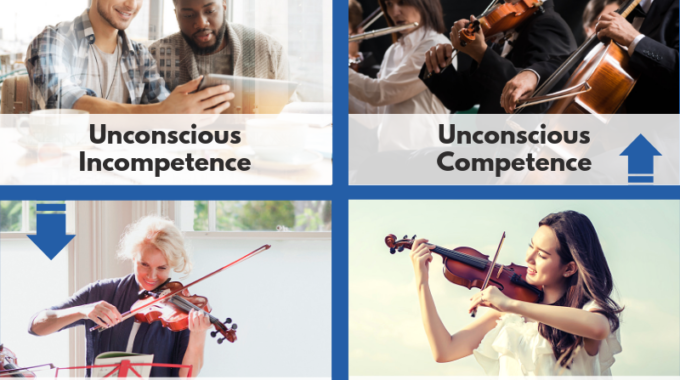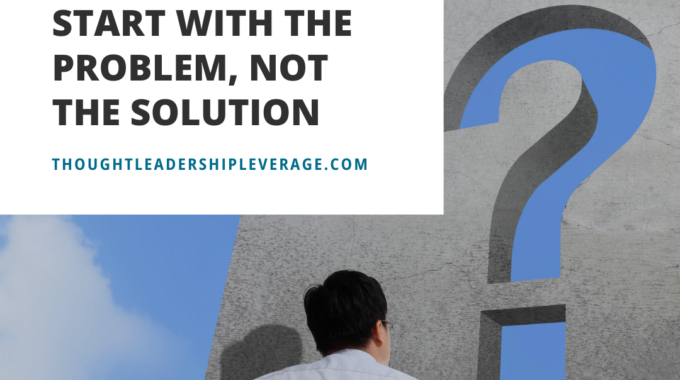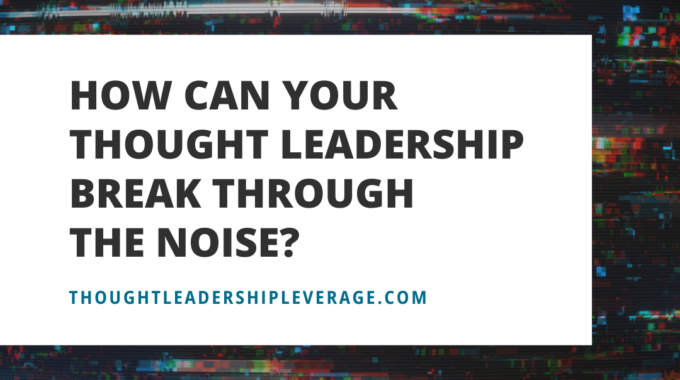Hey, thought leaders! I want to tell you about a powerful approach to thought leadership…
The Journey to Conscious Competence
As a thought leader, you’ve spent years thinking about the nuances and complexity of your content. While you might spend your idle time thinking about new business innovations, not everybody does that. What comes easily and instinctively to you will seem new, and possibly disorienting, to the people who most need your content. As a thought leader, you have an expert’s mindset. You can’t expect people who’ve never thought about such things to begin with your level of mastery.
There’s a model in the field of educational design that describes the journey from unconscious incompetence to conscious competence. If you want to communicate your concepts and get others to use them, you need to understand these four stages, and the journey between them.

Unconscious Incompetence
At first, a learner knows very little. They may watch a concert violinist and think, “I could do that.” That person isn’t arrogant, but they are unconsciously incompetent. They think the skill looks easy enough to master quickly. Or, even if they recognize the difficulty involved, they don’t know how poorly they would perform without study.
Conscious Incompetence
When a person decides to learn a skill, they take their first steps on a long learning journey. They might try the skill and realize, after frustration and failure, that it’s harder than they thought. They have just realized how far they have to go – they are now consciously incompetent. Realizing that there are a thousand small lessons ahead is a key part of the learning process. They understand what’s required, and can estimate how far they have to go.
Conscious Competence
Next, after much practice and study, a student moves into conscious competency. They can play the violin, but only when concentrating; carefully paying attention to every note, every motion, and every minor accomplishment. Only when the student is consciously focused on the skill can they render a competent performance. They can do it, but they have to sweat every detail.
Unconscious Competence
Lastly, after a lot of hard work, a person masters the skill. They can play the violin well, even while thinking about something else. They’ve mastered the small skills and details, have the muscle memory of long repetition, and their effort is fluid and adept. No longer a student, the individual now plays with unconscious competence, and it is the realm of true mastery.
With this in mind, consider the mastery you have in your content. Then, think about the people who are just approaching that content – they’re unconsciously incompetent! You want them to reach a level of unconscious competence, where they have so internalized the lessons that they naturally behave in the most advantageous way, and can focus on other tasks.
As a thought leader, you understand your subject so instinctively and deeply that it may be difficult for you to explain it at the content’s most basic level. But that’s what you have to do. You have to help others move through these four stages—from unconscious incompetence to unconscious competence—and guide them with clarity and patience. That’s how you help others develop mastery of your content.




